
Dressing for concealed carry without looking like I was carrying was one of the greatest challenges for me when I first started carrying. That’s when my journey into "dressing around the gun" began—an ongoing experiment in style, safety, and practicality.
Let me just say upfront: concealed carry is not one-size-fits-all. It’s personal, based on your body type, wardrobe, lifestyle, and of course, what you're carrying. What worked for the guy at the gun store didn’t work for me. I had to figure it out through trial, error, and more wardrobe malfunctions than I’d like to admit.

Step One: Holster Setup Matters
Before we even talk clothing, let me tell you—your holster setup is everything. I learned that lesson early, and it completely changed how I carried. We’ve spent years designing and refining holsters at Bravo Concealment, which has given me a deep understanding of what really works for everyday carry.
For me, appendix carry (AIWB) with a Glock 19 became my go-to. It’s a solid, reliable platform—but even the best pistol won’t carry comfortably or securely without a holster that checks all the boxes: proper retention, adjustable cant, minimal profile, and a well-designed concealment wing or claw to reduce printing.
The right holster doesn’t just stay put—it moves with you, disappears under your shirt, and gives you consistent access. Once I dialed that in, everything else—pants, belts, shirts—started to fall into place.
Moral of the story? Start with a rock-solid foundation. The best carry setup begins with the right holster.
The Belt: Helpful Indeed
A good, stiff gun belt is great for outside-the-waistband (OWB) carry because it keeps everything locked down and stable. But for inside-the-waistband (IWB) carry, I’ve found that a solid belt works just fine. If you’ve got a well-made holster with proper retention, you’re good to go. The holster does most of the heavy lifting, and with IWB carry, comfort matters a lot which is something you kinda give up with an ultra-rigid belt.

Dressing for the Gun, Not the Weather
Summer was my first big obstacle. In cooler months, jackets and flannel shirts made concealing easy. But come July? T-shirt weather turned into a nightmare.
I had to get strategic. I never liked sizing up my shirts so they draped better over my holster without looking sloppy. I always felt that you can look good and carry. So I started carrying appendix and that changed things for me, especially in warm, t-shirt weather.
I also discovered the magic of dark colors, patterns, and textures, which do wonders to mask printing. I am not a big fan of plaid and pattern shirts so I stick with dark colors myself. With that said, vertical stripes, subtle plaids, and heathered fabrics should be great go-to choices.

Pants with Purpose
Pants were another unexpected battlefield. Not all waistbands are created equal. I like slim fit jeans and pants, especially for Sunday church. So I started looking for pants with a bit of give which is super important in my EDC.
Cargo pants and tactical-looking gear are great for the range, but out in public, I prefer discreet functionality. Several brands now make "EDC jeans" with reinforced stitching, hidden pockets, and stretch—all without looking overtly tactical.

Layering Without Looking Tactical
Layering is the secret weapon of any concealed carrier. Whether it's a lightweight button-up worn open or a hoodie, adding a layer not only improves concealment—it gives you quick access with a bit of training.
I don’t want to look like I'm heading into combat. I avoid anything too “operator” looking. Neutral tones, clean lines, and smart layering let me blend in out in public without raising eyebrows.

Practice Your Draw—In Your Clothes
One of the biggest lessons I learned: it’s not enough to look good and concealed—I need to be able to draw safely and efficiently from whatever I'm wearing.
That meant dry-fire practice in my actual daily clothes. Hoodies, jackets, dress shirts—each one affects access differently. I spent time practicing in front of a mirror to check for printing and to smooth out any awkward movements in my draw. I've even taken blazers and suit coats to the range to practice my draws. It might seem excessive, but the first time your hand fumbles under a hoodie or a jacket, you’ll be glad you put in the reps.
Final Thoughts: Confidence Without Compromise
Carrying a firearm is a responsibility that should be taken seriously. I want to be prepared, but I don’t want to compromise my comfort. Finding the right clothing was almost as important as selecting the right firearm.
Today, I can confidently go about my day—work, errands, church—carrying concealed without constantly adjusting or worrying if someone can tell. That peace of mind didn’t come overnight, but it came. And that’s worth every awkward trial and error.
If you’re just starting your concealed carry journey, my best advice is this: experiment, invest in quality gear, and prioritize comfort, concealment, and confidence. When all three line up, you’ll know.
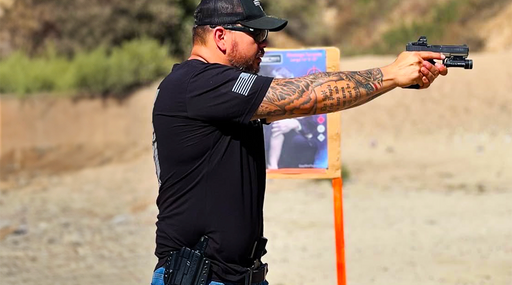
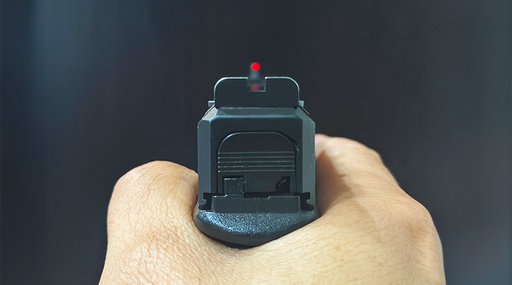

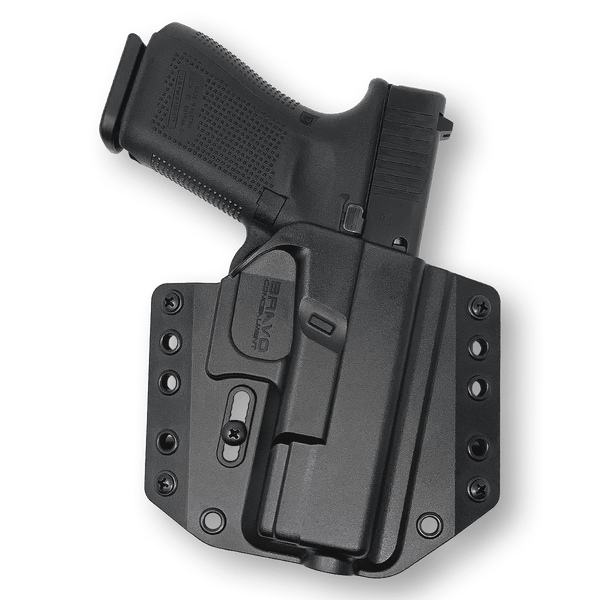
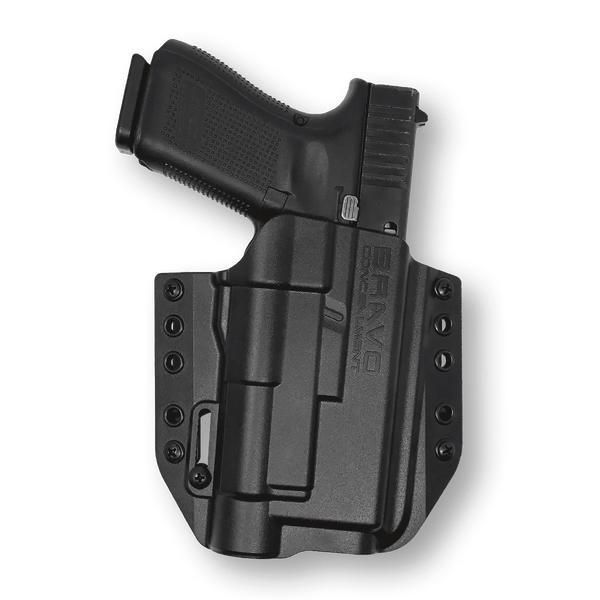
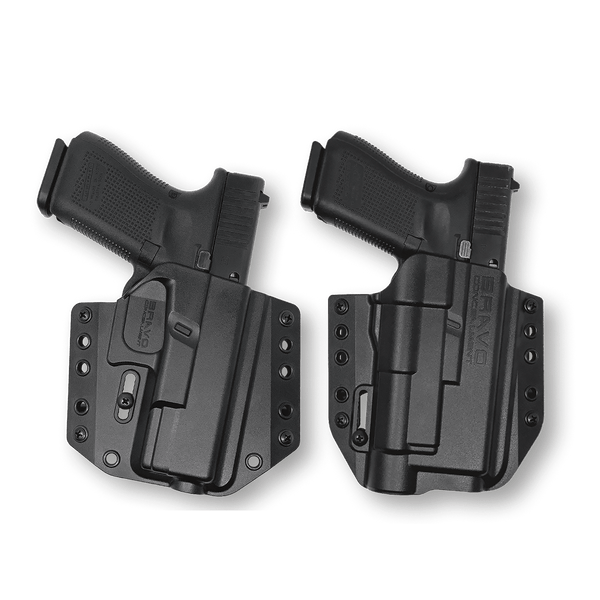
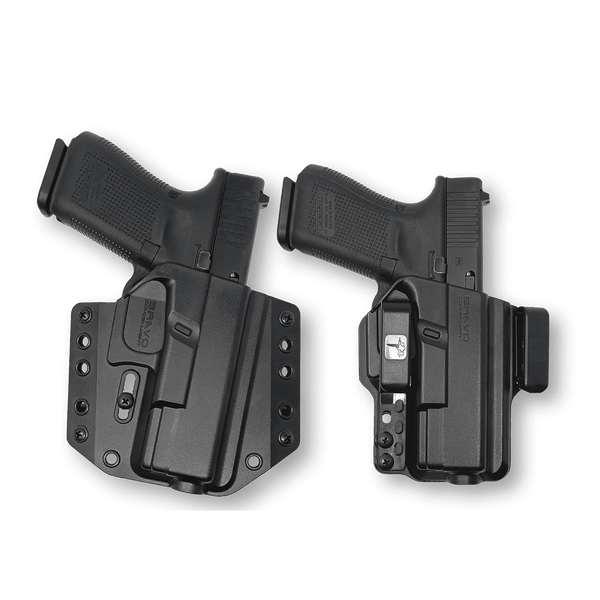
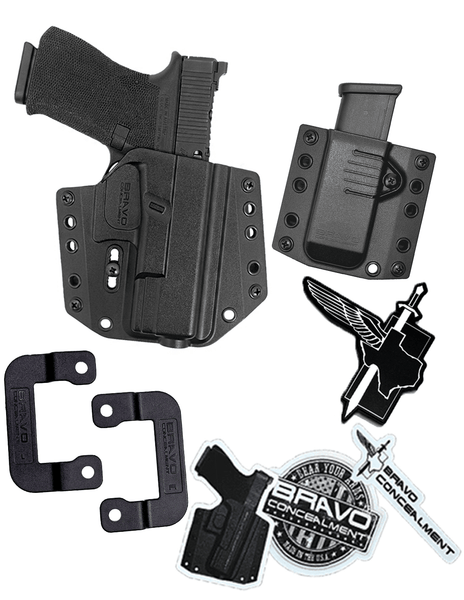
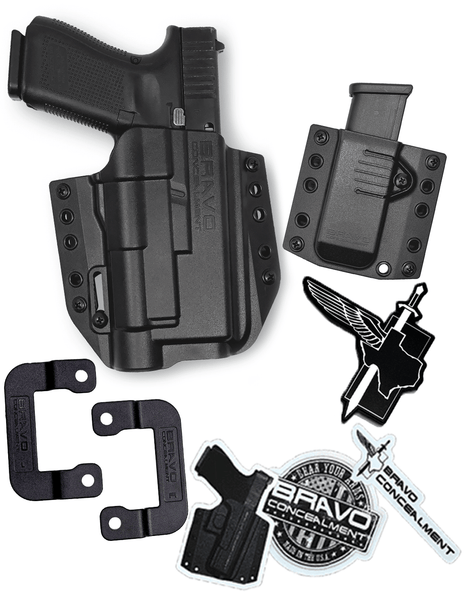
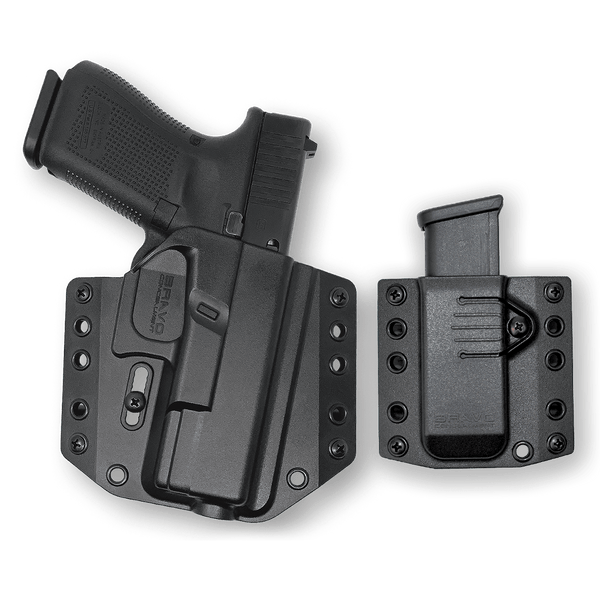
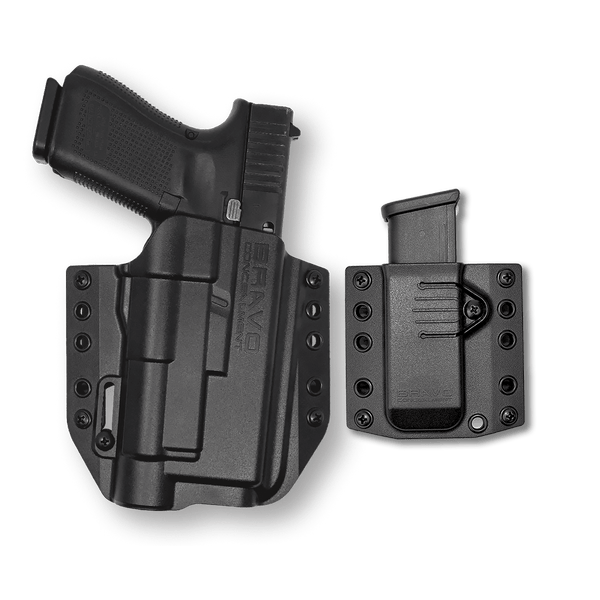
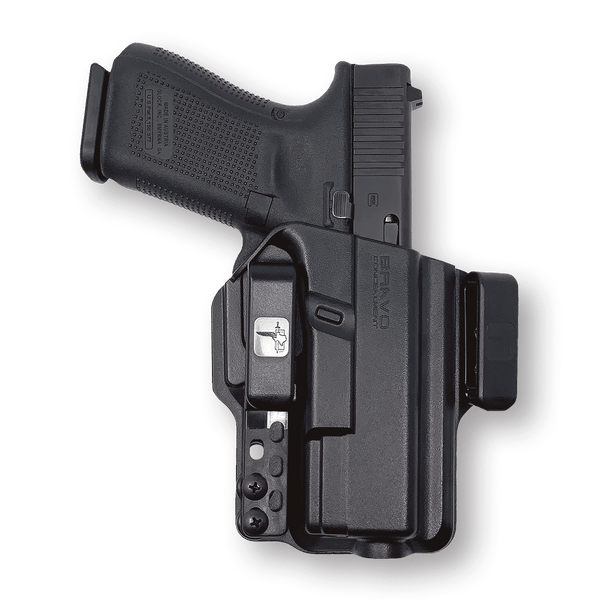
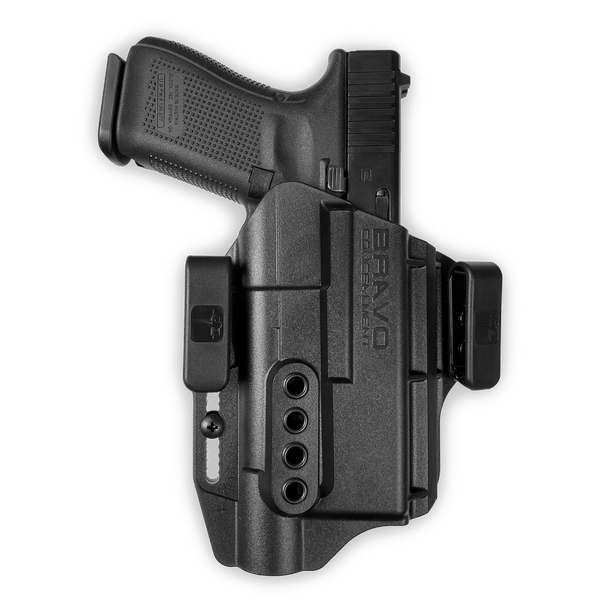
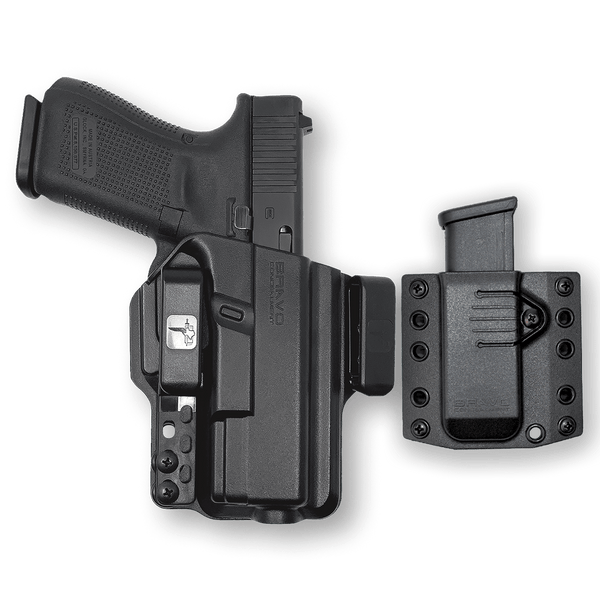
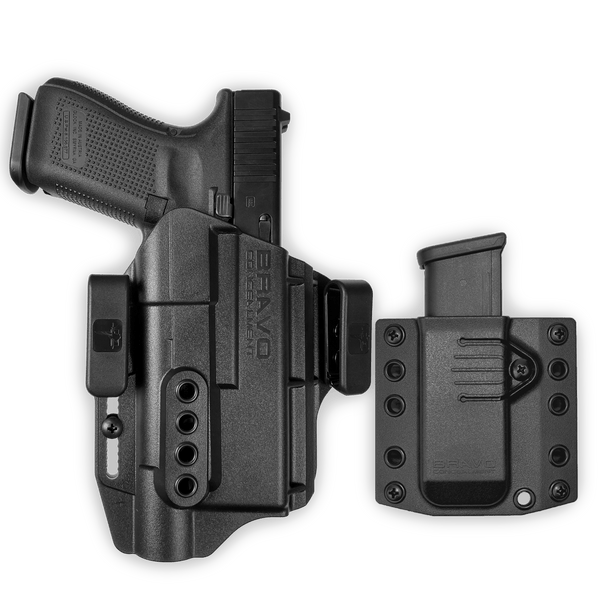
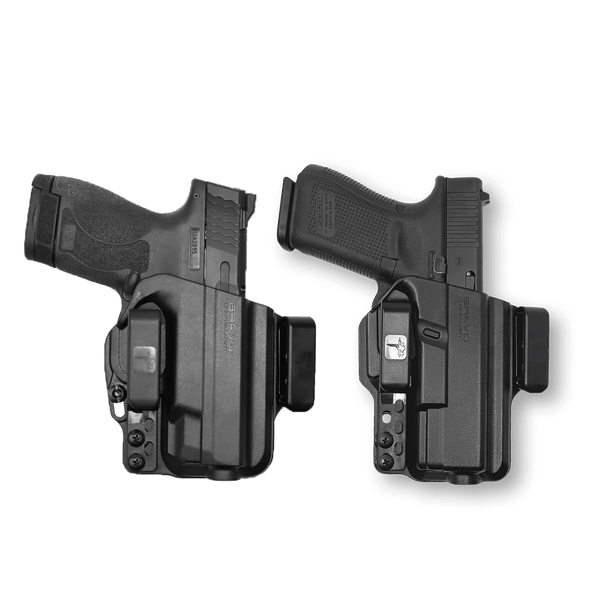
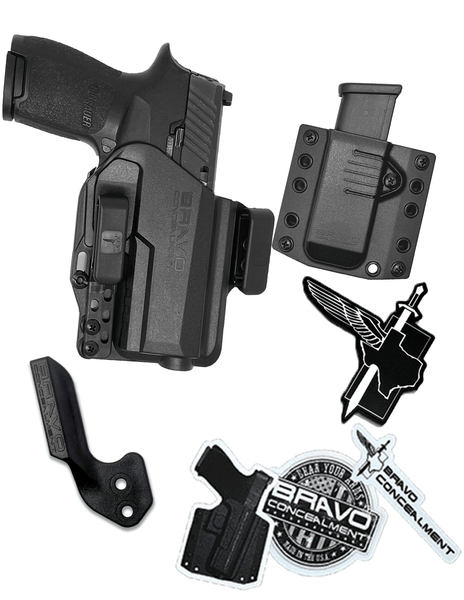
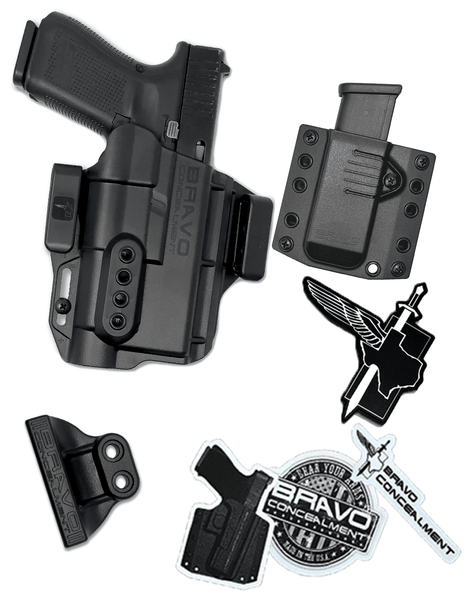
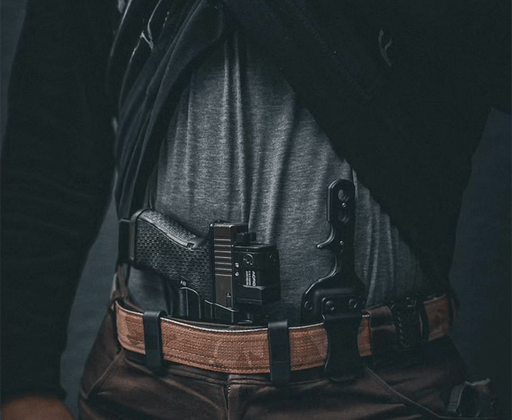

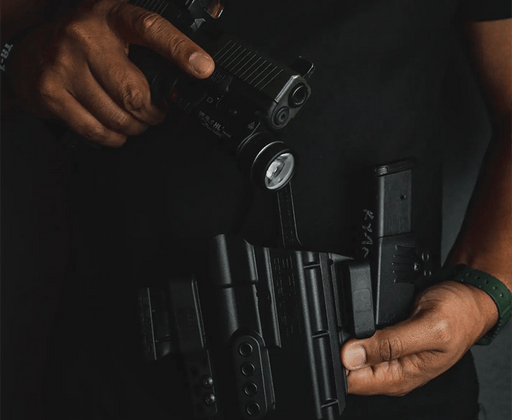
Leave a comment